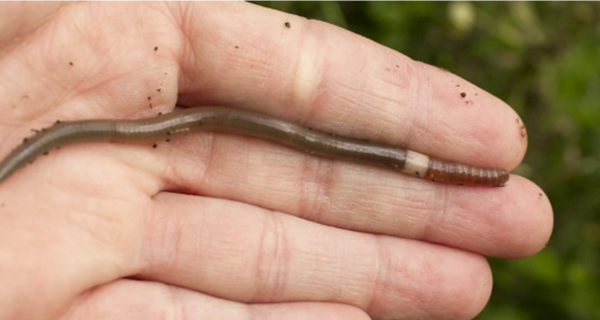What’s Budding

What’s Budding

Squish, Squish
We gardeners never really come inside for long, even in Michigan winter. If you have a dog to walk, you understand. April, however, usually brings the first real teaser of spring that might linger. It seems likely that snow, if we actually had some, might not provide much more cover or accumulation. Mud is the common denominator in lawns and gardens everywhere.
You see, over winter, a few natural processes work together to create the especially “muddy” mud we face in April. Freezing and thawing happens over and over, all winter long, pulling at and breaking small roots in the soil and moving the soil particles which had settled and packed from the effects of rain, traffic and gravity into less stable positions.
The lovely compost that makes garden soil so beneficial by absorbing and holding water and…

On the Green Side

The Dirt on Soil – Indoors
Most of the tropical plants we care for indoors come to us potted in a blend of peat, sand, vermiculite and coir. Peat is the partially degraded material left when mosses and ferns die seasonally and form a mat in acidic and anaerobic conditions. The peat we see is typically of Canadian origin. Sand is very small rounded pieces of rock. Vermiculite is expanded hydrous phyllosilicate mineral. It originates in mines in Russia, South Africa, China and Brazil.
Coir is the fiber from the outer husk of the coconut. This combination is considered a soilless mix, as no topsoil is used in the blend. Both the peat and the vermiculite hold water well, but are light in weight when dry. The sand gives heft and stability, and the coir seems to attract beneficial bacteria and is completely renewable.
I can remember back in the 1980s…
Digging In

Thinking Outside the “Big Box”
With 23 years of professional experience in the horticulture industry, one question I have heard many times is “Why are landscape plants at the ‘big box’ stores so often dramatically cheaper?”
‘Big box’ stores have become a major force in marketing and selling of landscape plants across the U.S., and have transformed the retail plant business over the last 15-20 years.
Large chains have the advantage of working with very large wholesale nurseries and bedding plant growers, which lowers their purchase price. They contract for entire seasons of crops, with thousands of plants. While the cost of buying from a ‘big box’ store may seem lower, the value may not be what you are hoping for.
There are several factors beyond price to consider when looking for plants: Service, availability, regional hardiness, and quality.
Local nurseries seek to grow ongoing relationships with their customers. Trained staff can…

The Buzz

Earthworms
I grew up gardening on the farm. My mother taught me that seeing earthworms was a sure sign of good, workable soil. I took her at her word, and never considered that the earthworms I was seeing might be an invasive species.
Unfortunately, the earthworms we commonly see in mid-Michigan are mostly invasive types. The problems they cause are especially serious in wooded areas, where… Read More